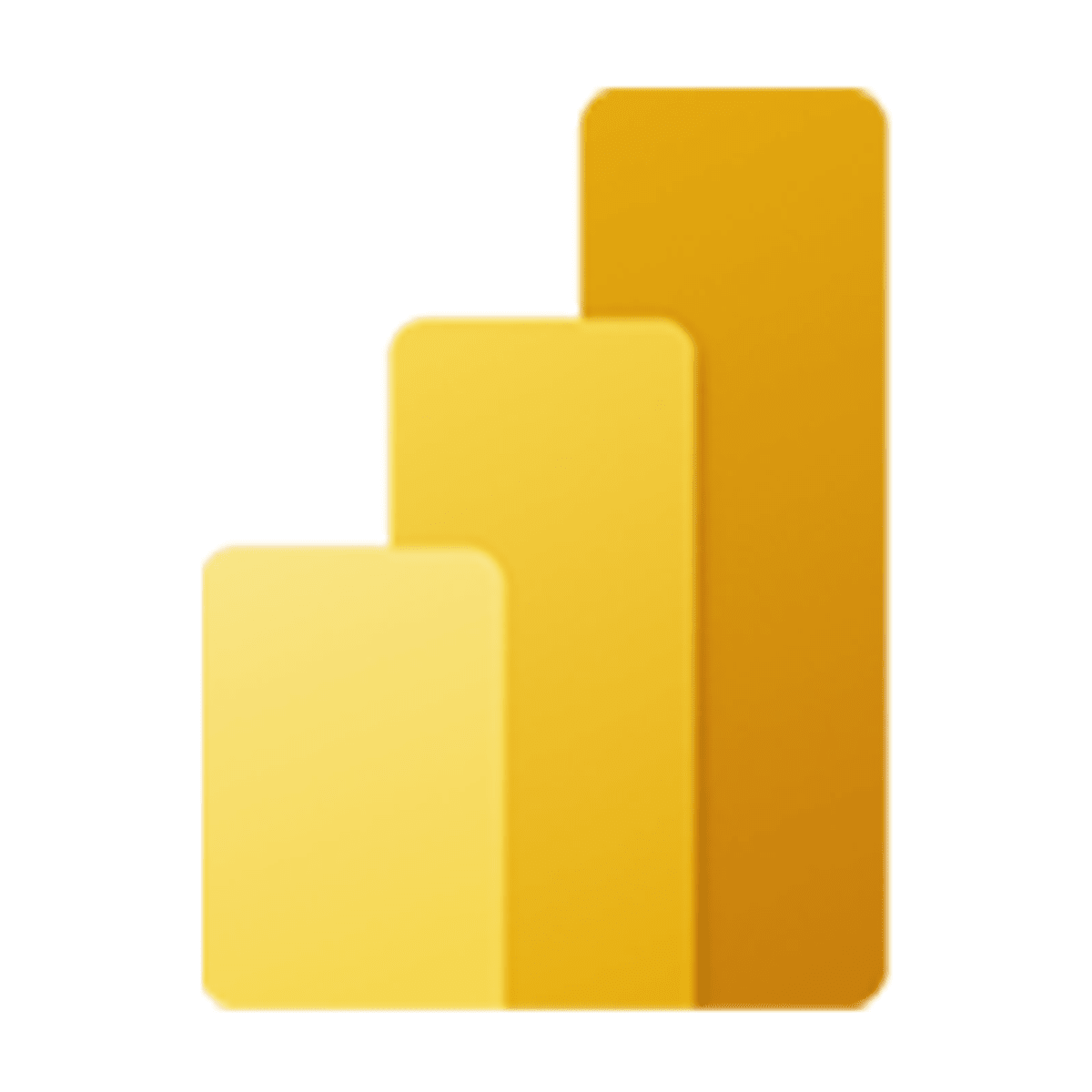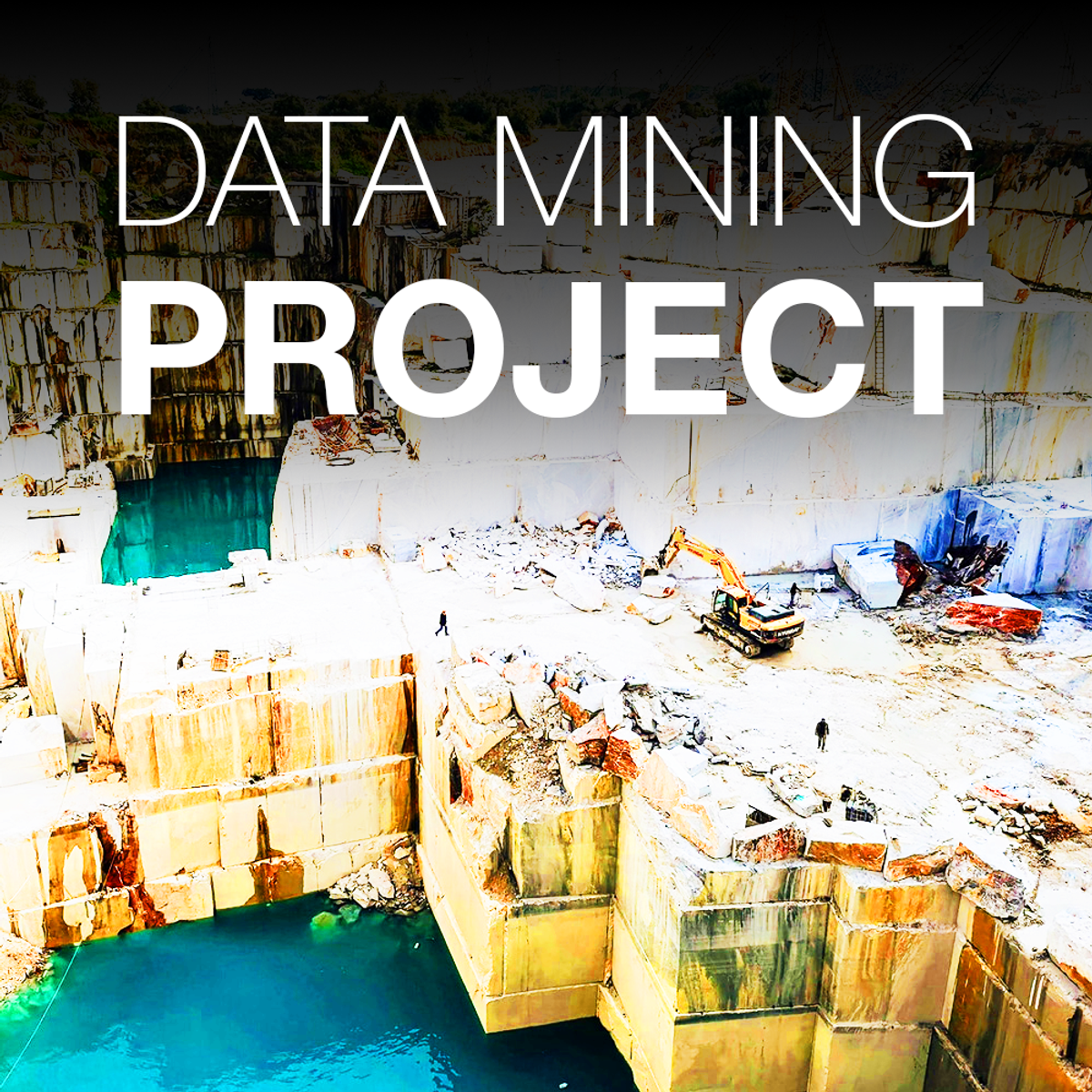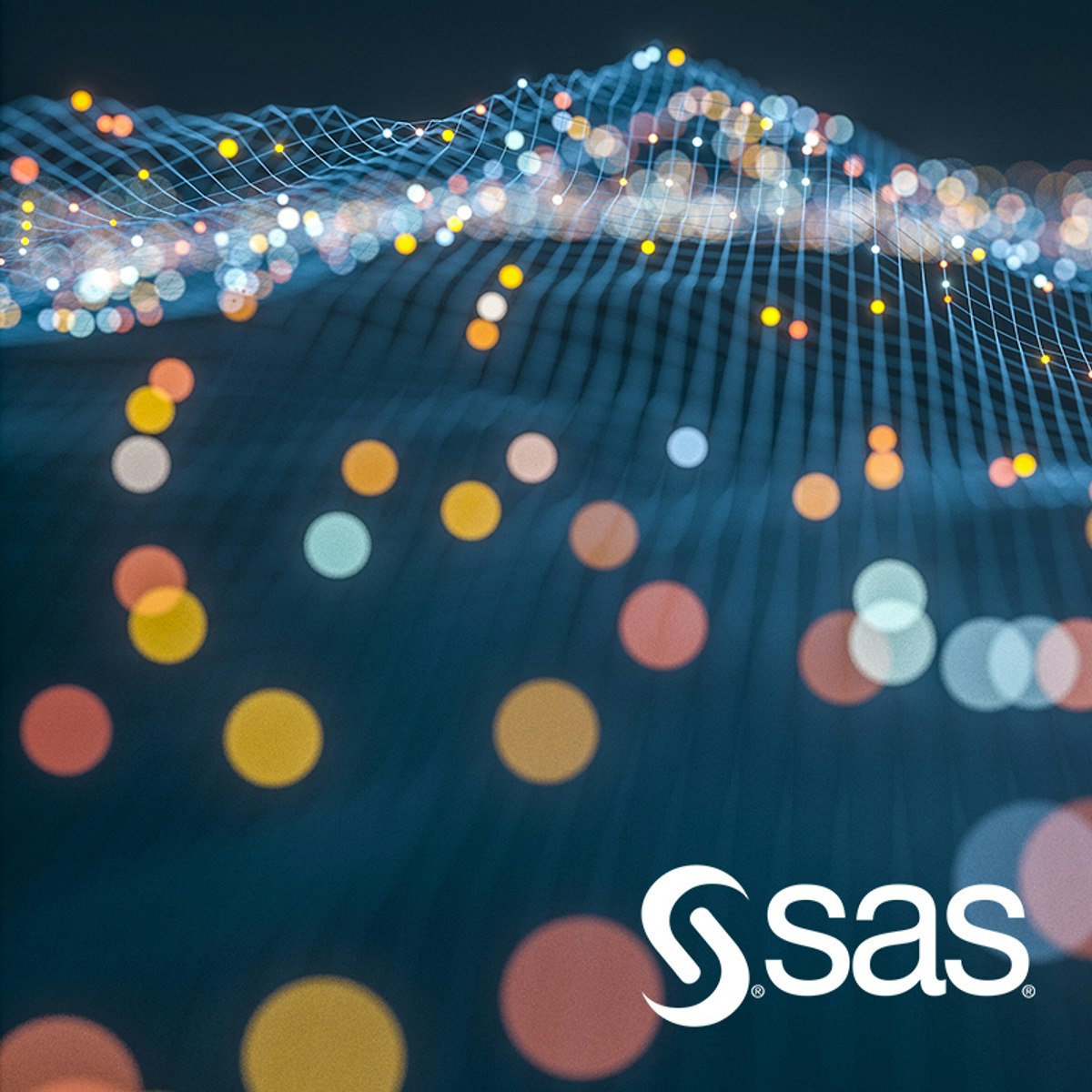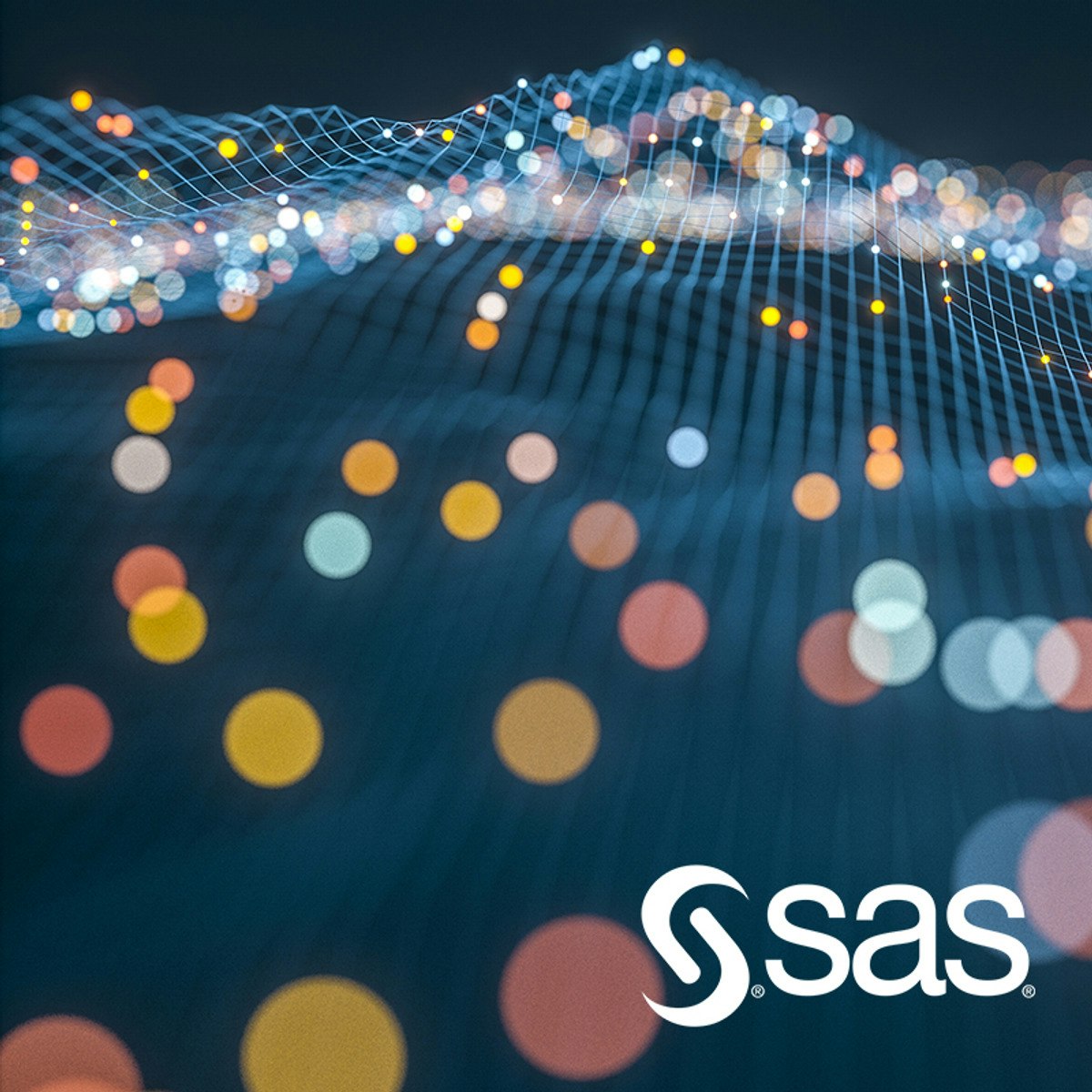Back to Courses









Data Analysis Courses - Page 65
Showing results 641-650 of 998

Inventory Analytics
Inventory analytics is the corner stone of supply chain analytics. A company in trade industries may have 30-50% of their assets tied up in inventory. An effective inventory management can improve revenue by increasing product variety and availability, and reduce cost and speed up cash cycle by reducing excessive inventory and waste.
Through real-life examples (e.g., Amazon vs. Macy’s), you will learn hands-on tools and skills to discover and solve inventory problems by data analytics. Upon completion, you can answer the following questions:
1. For which industries is inventory important?
2. How may inventory drive a company’s financial performance?
3. How do I know that I have an inventory problem?
4. How to classify inventory and manage it accordingly?
Note: This course is for beginners and thus focuses more on discovering inventory problems than solving them. It is my belief that discovering a problem and knowing which directions to go is at least equally important as solving the problem. We are planning to launch new courses or expand this course to cover more sophisticated inventory solutions in the future - thank you.
Data-Driven Decisions with Power BI
New Power BI users will begin the course by gaining a conceptual understanding of the Power BI desktop application and the Power BI service. Learners will explore the Power BI interface while learning how to manage pages and understand the basics of visualizations. Learners will engage in numerous hands-on experiences to discover how to import, connect, clean, transform, and model their own data in the Power BI desktop application. Learners will investigate reports, learn about workspaces, and practice viewing, creating, and publishing reports to the Power BI service. Finally, learners will become proficient in the creation and utilization dashboards.
IMPORTANT NOTE: This course does not provide sample datasets for practice but requires learners to bring datasets. A video is included in Week 1 to show learners how to easily import Microsoft's sample datasets directly from their Power BI Service accounts.

Data Mining Project
This course offers step-by-step guidance and hands-on experience of designing and implementing a real-world data mining project, including problem formulation, literature survey, proposed work, evaluation, discussion and future work.
Data Mining Project can be taken for academic credit as part of CU Boulder’s Master of Science in Data Science (MS-DS) degree offered on the Coursera platform. The MS-DS is an interdisciplinary degree that brings together faculty from CU Boulder’s departments of Applied Mathematics, Computer Science, Information Science, and others. With performance-based admissions and no application process, the MS-DS is ideal for individuals with a broad range of undergraduate education and/or professional experience in computer science, information science, mathematics, and statistics. Learn more about the MS-DS program at https://www.coursera.org/degrees/master-of-science-data-science-boulder.
Course logo image courtesy of Mariana Proença, available here on Unsplash: https://unsplash.com/photos/_WgnXndHmQ4

Creating Features for Time Series Data
This course focuses on data exploration, feature creation, and feature selection for time sequences. The topics discussed include binning, smoothing, transformations, and data set operations for time series, spectral analysis, singular spectrum analysis, distance measures, and motif analysis.
In this course you learn to perform motif analysis and implement analyses in the spectral or frequency domain. You also discover how distance measures work, implement applications, explore signal components, and create time series features.
This course is appropriate for analysts with a quantitative background as well as domain experts who would like to augment their time-series tool box. Before taking this course, you should be comfortable with basic statistical concepts. You can gain this experience by completing the Statistics with SAS course. Familiarity with matrices and principal component analysis are also helpful but not required.

Learning SAS: Data Types, Naming Conventions, and Resources
By the end of this project, you will evaluate data types, apply naming conventions and integrate external resources in your SAS programs.

COVID19 Data Visualization Using Python
By the end of this project, you will learn How you can use data visualization techniques to answer to some analytical questions. in this project we are going to use COVID19 dataset we have consisting of the data related cumulative number of confirmed, recovered, and deaths cases. we are going to prepare this dataset to answer these questions: How does the Global Spread of the virus look like?, How intensive the spread of the virus has been in the countries? Does covid19 national lockdowns and self-isolations in different countries have actually impact on COVID19 transmission? we are going to use Plotly module, which is a great visualization tool in python, in order to plot some insightful and intuitive graphs to answer the questions.

Geospatial Analysis Project
In this project-based course, you will design and execute a complete GIS-based analysis – from identifying a concept, question or issue you wish to develop, all the way to final data products and maps that you can add to your portfolio. Your completed project will demonstrate your mastery of the content in the GIS Specialization and is broken up into four phases:
Milestone 1: Project Proposal - Conceptualize and design your project in the abstract, and write a short proposal that includes the project description, expected data needs, timeline, and how you expect to complete it.
Milestone 2: Workflow Design - Develop the analysis workflow for your project, which will typically involve creating at least one core algorithm for processing your data. The model need not be complex or complicated, but it should allow you to analyze spatial data for a new output or to create a new analytical map of some type.
Milestone 3: Data Analysis – Obtain and preprocess data, run it through your models or other workflows in order to get your rough data products, and begin creating your final map products and/or analysis.
Milestone 4: Web and Print Map Creation – Complete your project by submitting usable and attractive maps and your data and algorithm for peer review and feedback.

Using Basic Formulas and Functions in Microsoft Excel
Have you started using spreadsheets like Excel and want to learn how to write formulas and functions to perform simple data analysis? In this project, you will learn about the general format for writing formulas and functions in Excel to perform analysis on the sales data from a sample company. In this analysis, you will calculate total sums of profits, you will learn how to use functions to analyze the popularity of the items sold and you will also learn how to calculate averages and percentages of monthly profits. Throughout the project, you will work through some examples that will show you how to apply the formulas and functions you have learned.

Building a Large-Scale, Automated Forecasting System
In this course you learn to develop and maintain a large-scale forecasting project using SAS Visual Forecasting tools. Emphasis is initially on selecting appropriate methods for data creation and variable transformations, model generation, and model selection. Then you learn how to improve overall baseline forecasting performance by modifying default processes in the system.
This course is appropriate for analysts interested in augmenting their machine learning skills with analysis tools that are appropriate for assaying, modifying, modeling, forecasting, and managing data that consist of variables that are collected over time. The courses is primarily syntax based, so analysts taking this course need some familiarity with coding. Experience with an object-oriented language is helpful, as is familiarity with manipulating large tables.

Building R Packages
Writing good code for data science is only part of the job. In order to maximizing the usefulness and reusability of data science software, code must be organized and distributed in a manner that adheres to community-based standards and provides a good user experience. This course covers the primary means by which R software is organized and distributed to others. We cover R package development, writing good documentation and vignettes, writing robust software, cross-platform development, continuous integration tools, and distributing packages via CRAN and GitHub. Learners will produce R packages that satisfy the criteria for submission to CRAN.
Popular Internships and Jobs by Categories
Find Jobs & Internships
Browse
© 2024 BoostGrad | All rights reserved